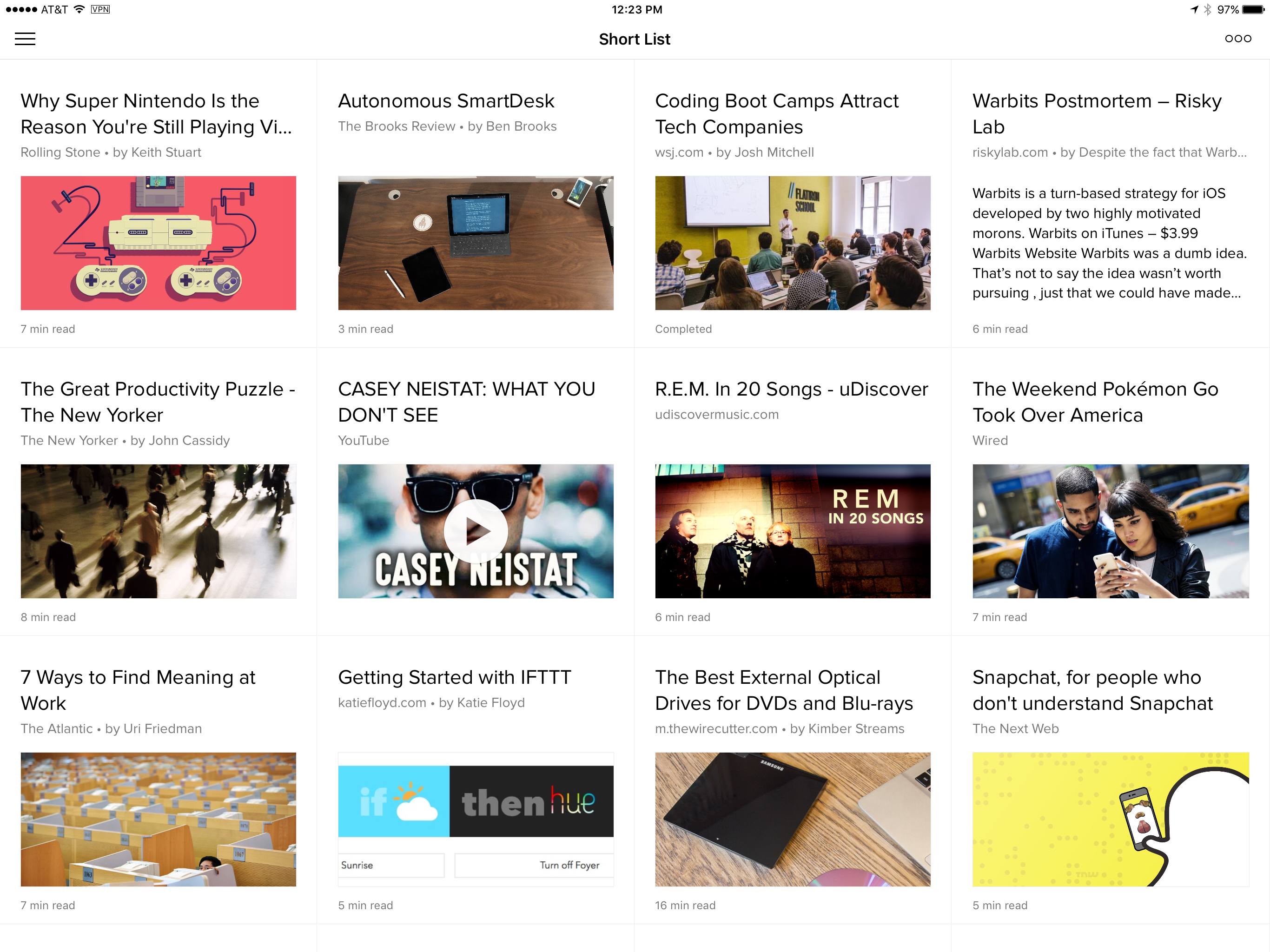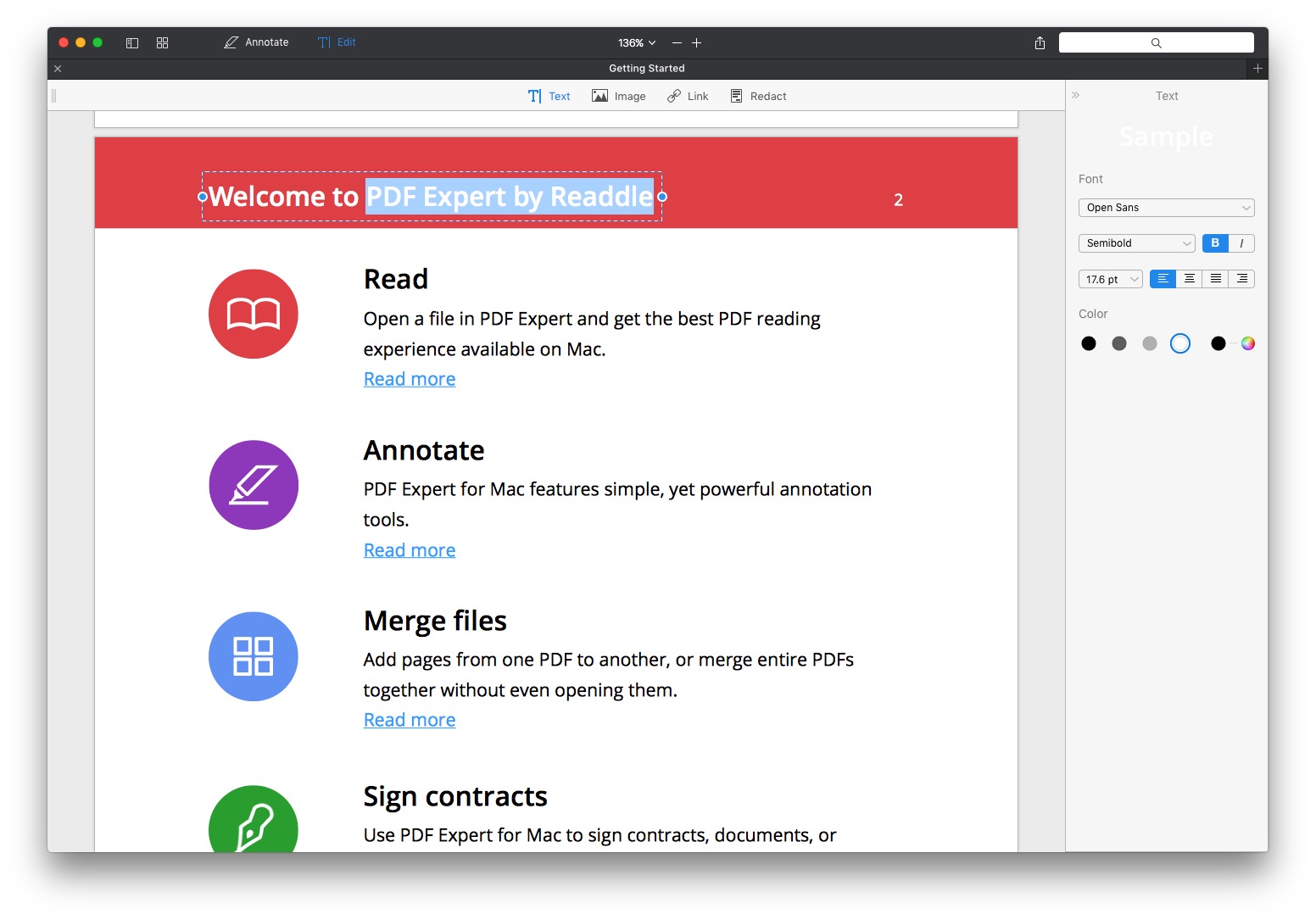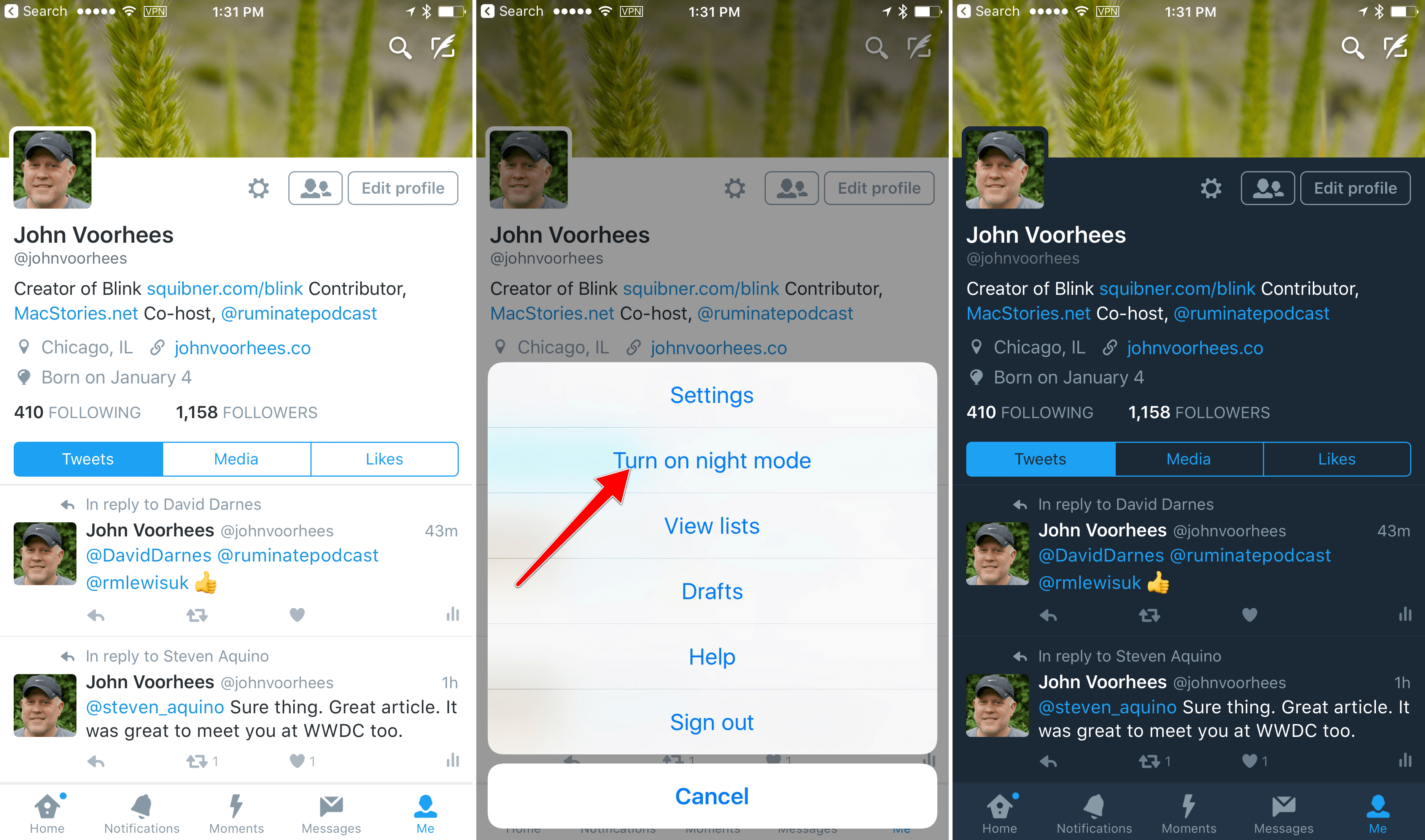Steven Levy has a fascinating inside look at Apple’s artificial intelligence and machine learning efforts on Backchannel. Levy spent most of a day with Eddy Cue, Phil Schiller, Craig Federighi, Tom Gruber, and Alex Acero in a wide-ranging discussion of the products impacted by those efforts. Perhaps the most interesting parts of the interviews revolved around what Levy refers to as the Apple Brain inside the iPhone:
How big is this brain, the dynamic cache that enables machine learning on the iPhone? Somewhat to my surprise when I asked Apple, it provided the information: about 200 megabytes, depending on how much personal information is stored (it’s always deleting older data). This includes information about app usage, interactions with other people, neural net processing, a speech modeler, and “natural language event modeling.” It also has data used for the neural nets that power object recognition, face recognition, and scene classification.
And, according to Apple, it’s all done so your preferences, predilections, and peregrinations are private.
Levy also covers the replacement of Siri’s smarts on July 30, 2014 with neural-net system. The impact according to Eddy Cue was immediate:
This was one of those things where the jump was so significant that you do the test again to make sure that somebody didn’t drop a decimal place.
Many people have commented that Siri has improved over time, but without the context beyond one’s own experience or metrics from Apple, the perceived change has been largely anecdotal. According to Acero, however:
The error rate has been cut by a factor of two in all the languages, more than a factor of two in many cases.… That’s mostly due to deep learning and the way we have optimized it — not just the algorithm itself but in the context of the whole end-to-end product.
Levy also delves into whether Apple’s stance on privacy hobbles its ability to effectively implement AI and machine learning. According to Apple, it does not. The most personal information remains on-device in the ‘Apple Brain.’ Other data, which is transmitted to Apple uses techniques like differential privacy, which is coming in iOS 10, to obfuscate a user’s identity.
The entire article is worth a read to get a sense of the breadth and depth of Apple’s AI and machine learning efforts and the impact on its products. It’s also fascinating to see Apple continue to open up on its own terms as a way to rebut recent criticisms leveled against it.






